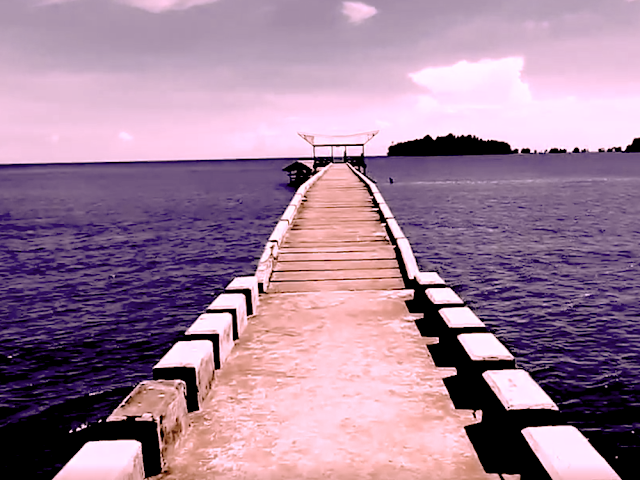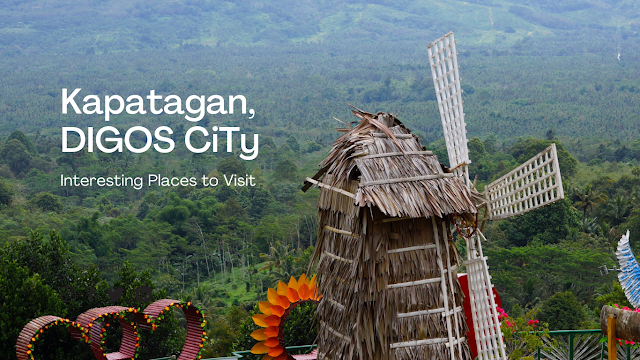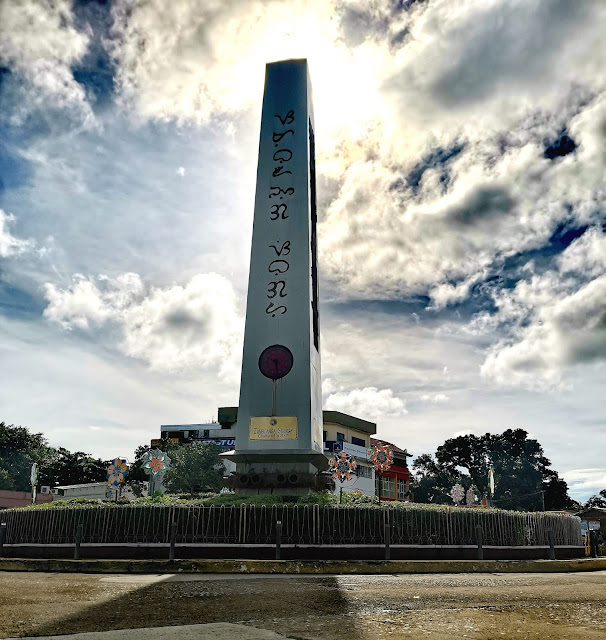Guipos, Zamboanga Del Sur
Nestled within the picturesque province of Zamboanga del Sur, the municipality of Guipos stands as a testament to resilience, innovation, and community spirit. Officially designated as a 4th class municipality, Guipos is a treasure trove of natural beauty and cultural heritage. Let's delve into the unique aspects that make Guipos a rising jewel in the heart of the Zamboanga Peninsula. Historical Tapestry: Established on October 7, 1991, through Republic Act No. 7159, Guipos emerged as a distinct municipality, embodying the vision of progress and autonomy. Its formation brought together barangays from surrounding municipalities, creating a harmonious blend of communities that contributes to the vibrant identity of Guipos. Geographical Splendor: Guipos is politically subdivided into 17 barangays, each with its own story to tell. From the bustling Poblacion to the serene landscapes of Bagong Oroquieta and the historic echoes of Regla, every barangay adds a unique brushstroke to the ca...








